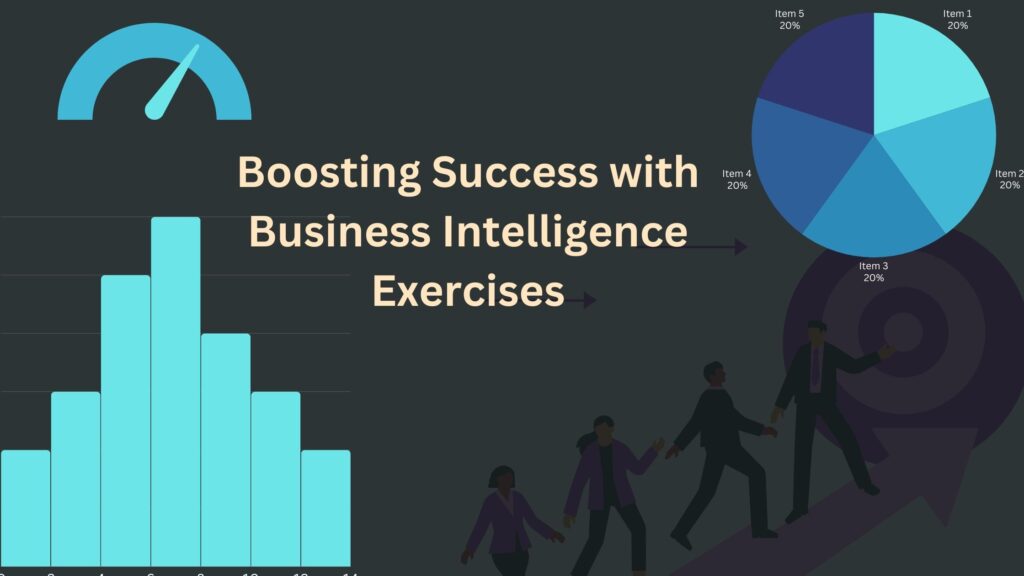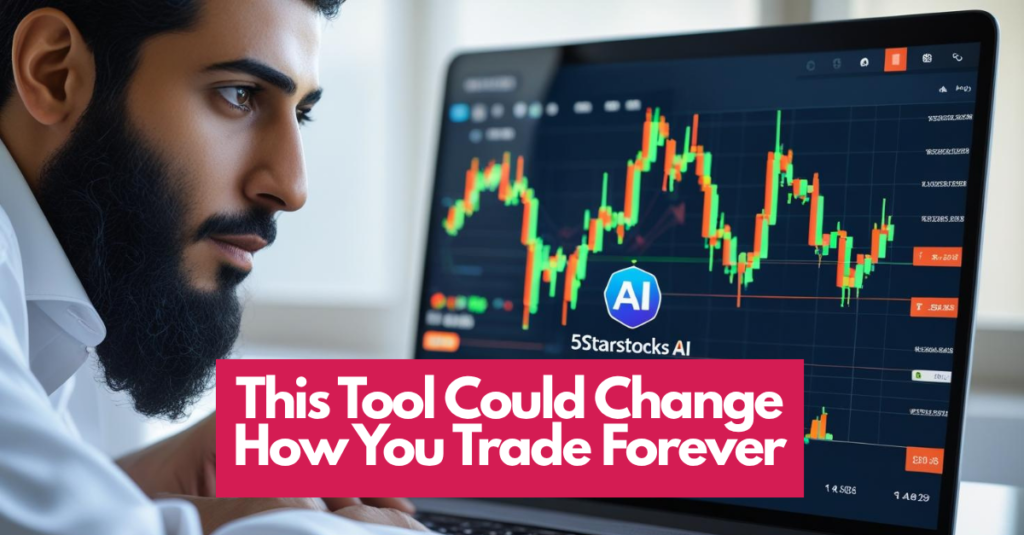Loans remain one of the most important tools for achieving financial goals. From buying a home to funding a degree or expanding a business, borrowing money creates opportunities that would otherwise require years of saving. But borrowing also comes with responsibility. Interest rates, repayment terms, and lender policies in 2025 look different than they did a few years ago. Inflation, tighter central bank policies, and digital banking disruption have reshaped the lending market.
- Understanding Different Loan Options
- Loan Rates and Market Trends in 2025
- Expert Insights: Borrowing the Smart Way
- How to Find the Best Personal Loan Rates in 2025
- Qualifying for a Loan with Bad Credit
- Is Refinancing Worth It in 2025?
- Mortgage Rates in 2025: What Borrowers Should Know
- Best Small Business Loans for Startups
- Debt Consolidation Strategies
- Online Lenders vs Traditional Banks
- Student Loan Refinancing Options in 2025
- Risks Borrowers Should Watch Out For
- The Future of Loans: Trends to Watch
- Conclusion
- FAQs
Borrowers now need more than a quick glance at interest rates to make informed decisions. They must weigh repayment timelines, hidden fees, and the impact of borrowing on long-term financial health. This is where fintechzoom.com loans plays an important role. The platform provides real-time loan comparisons, calculators, and expert commentary that help individuals and businesses borrow smarter. Whether someone needs a mortgage, student loan refinancing, or a personal loan to consolidate debt, fintechzoom.com loans has become a go-to guide in 2025.
Understanding Different Loan Options

Loans are not one-size-fits-all. They fall into different categories, and the best choice depends on personal financial needs, repayment ability, and risk tolerance.
Personal Loans
Unsecured loans often used for consolidating debt, covering emergencies, or financing home projects.
Mortgages
Home loans with long repayment terms. Borrowers choose between fixed-rate mortgages, which provide stability, and variable-rate mortgages, which offer initial savings but carry risk if rates rise.
Auto Loans
Used to finance new or used cars. Lenders may be banks, credit unions, or dealerships.
Student Loans
Provide funding for education. Refinancing options are increasingly popular in 2025 as borrowers look to reduce costs.
Business Loans
Support entrepreneurs and companies with working capital, equipment financing, or expansion projects.
Payday and Quick Loans
Short-term high-interest loans. Experts warn these should only be used as a last resort.
Borrowers can compare all of these categories on fintechzoom.com loans, which provides details on interest rates, terms, and lender reliability.
Loan Rates and Market Trends in 2025

Interest rates in 2025 remain influenced by inflation, central bank policies, and global economic uncertainty. Central banks in the U.S. and Europe have kept rates higher than in past years to balance inflation control with economic growth. This has made loans more expensive overall.
- Personal loans average between 8% and 12%
- Mortgages range from 5% to 6% in the U.S. and slightly lower in parts of Europe
- Auto loans typically fall between 4% and 9%
- Business loans vary between 6% and 12% depending on risk and collateral
Platforms like fintechzoom.com loans update these figures daily, giving borrowers access to real-time rates and trends.
Expert Insights: Borrowing the Smart Way

Financial experts emphasize that smart borrowing is less about getting the lowest possible rate and more about aligning debt with goals and repayment ability. Common advice includes:
- Check your credit score before applying to qualify for better rates.
- Borrow only the amount you truly need, not the maximum offered.
- Compare lenders carefully; online lenders often move faster but may charge higher fees.
- Choose a repayment strategy, whether snowball (smallest debts first) or avalanche (highest interest first).
Expert commentary featured on fintechzoom.com loans also highlights mistakes to avoid, such as ignoring hidden fees or refinancing without considering long-term costs.
How to Find the Best Personal Loan Rates in 2025

Finding the best personal loan rates in 2025 requires research, comparison, and careful planning. With rates typically ranging between 8% and 12%, even a small difference can save borrowers hundreds or thousands over the life of the loan.
1. Understand the Factors That Affect Your Rate
- Credit Score: Higher scores usually result in lower rates.
- Income and Debt-to-Income Ratio: Lenders prefer borrowers with stable income and manageable existing debt.
- Loan Amount and Term: Larger amounts or longer terms may carry higher rates.
- Type of Lender: Banks may offer more stability, while fintech lenders often provide lower rates and faster approvals.
2. Compare Multiple Lenders
Research options across banks, credit unions, and fintech lenders. Banks provide security and established benefits, while fintech lenders offer faster approvals and competitive rates.
3. Use Online Tools and Calculators
Platforms like fintechzoom.com loans allow borrowers to:
- Compare multiple offers side by side
- Calculate monthly payments, total interest, and total loan costs
- Adjust loan amounts and terms to see how different scenarios affect affordability
People also Read: FintechZoom.com Stock Market: Tools, Trends & 2025 Investor Insights
4. Check for Fees and Hidden Costs
Review origination fees, late payment penalties, and prepayment charges. Sometimes a slightly higher interest rate with lower fees can be cheaper overall.
5. Consider Pre-Qualification Options
Pre-qualification checks that do not affect your credit score provide a realistic estimate of rates and loan amounts.
6. Monitor Market Trends
Interest rates can fluctuate due to central bank policies and inflation. Regularly checking fintechzoom.com loans ensures borrowers know when rates are favorable.
By following these steps, borrowers can secure competitive rates and reduce the total cost of borrowing.
Qualifying for a Loan with Bad Credit

Having a low credit score does not automatically disqualify you from borrowing, but it can make securing favorable terms more challenging.
1. Understand Your Credit Score
Check your credit report to identify negative factors such as late payments, high credit utilization, or defaults.
2. Improve Your Credit Where Possible
Small improvements, like paying off overdue balances or reducing credit card debt, can positively affect eligibility and interest rates.
3. Consider Secured Loans
Secured loans backed by collateral reduce the lender’s risk and allow borrowers with lower credit scores to qualify.
4. Use a Co-Signer
A co-signer with good credit improves approval chances and may reduce interest rates.
5. Choose Lenders That Specialize in Subprime Borrowers
Some fintech lenders focus on helping borrowers with bad credit. Fintechzoom.com loans lists these lenders and allows borrowers to compare rates and terms.
6. Avoid Predatory Lenders
High-interest payday loans may trap borrowers in cycles of debt. Always review terms carefully.
Is Refinancing Worth It in 2025?

Refinancing is attractive if current rates are lower than your existing loan or if you want to move from a variable to a fixed rate. Borrowers can save thousands over the life of a loan through refinancing.
When to Refinance
- Current interest rates are lower than your existing loan
- Switching from variable to fixed rates for stability
- Extending or shortening loan terms to manage payments
Platforms like fintechzoom.com loans allow borrowers to calculate potential savings and compare offers.
Mortgage Rates in 2025: What Borrowers Should Know

Mortgage rates in 2025 are influenced by central bank policies, inflation trends, and global economic conditions. Understanding these factors helps borrowers choose the right mortgage type and timing.
1. Fixed vs Variable Rates
- Fixed-Rate Mortgages: Monthly payments remain constant. Ideal for borrowers seeking stability and predictability.
- Variable-Rate Mortgages: Rates may start lower but can rise if market rates increase. Suitable for borrowers expecting short-term ownership or anticipating income growth.
| Feature | Fixed-Rate Loan | Variable-Rate Loan |
| Interest Rate | Remains the same | Can change with market rates |
| Monthly Payments | Predictable | May fluctuate |
| Risk | Low | Higher – payments can increase |
| Initial Rate | Usually higher | Often lower |
| Best For | Long-term stability, budgeting ease | Short-term loans, rate drop anticipation |
2. Factors Influencing Mortgage Rates
- Credit score and income stability
- Down payment size
- Loan amount and term length
- Lender type (bank, credit union, or online fintech)
3. Refinancing Considerations
Refinancing can help lower monthly payments or move from a variable to a fixed rate. Platforms like fintechzoom.com loans allow borrowers to compare refinancing offers and calculate potential savings.
4. Monitoring Market Trends
Mortgage rates can change frequently. Checking real-time data ensures borrowers lock in the best rates.
5. Using Calculators for Planning
Calculators on fintechzoom.com loans help estimate monthly payments, total interest, and affordability, allowing borrowers to make informed decisions.
By considering these factors, borrowers can choose the mortgage that best fits their financial situation and long-term goals.
Best Small Business Loans for Startups

Securing financing for a new business can be daunting. Borrowers should understand their options and what lenders look for in 2025.
1. Traditional Bank Loans
Banks offer small business loans with competitive rates for borrowers with a strong credit history, collateral, and detailed business plans.
2. SBA-Backed Loans
In the U.S., SBA loans provide low-interest financing with government backing, making it easier for startups to qualify.
3. Fintech Lenders
Digital-first lenders offer fast approvals and flexible terms. They often consider alternative credit data, making access easier for new entrepreneurs.
4. Microfinance and Crowdfunding
For very small startups or niche projects, microloans and crowdfunding platforms provide capital with minimal bureaucracy.
5. Using Comparison Tools
Platforms like fintechzoom.com loans allow business owners to compare interest rates, repayment terms, and lender requirements across multiple options.
By researching these options, startup founders can choose the loan that balances funding needs, repayment flexibility, and total borrowing costs.
Debt Consolidation Strategies

High-interest debts like credit cards or multiple personal loans can quickly become unmanageable. Debt consolidation simplifies repayment and can reduce overall interest costs.
1. Personal Loans for Debt Consolidation
Borrowers can take a single personal loan to pay off multiple high-interest debts. This creates one monthly payment, often at a lower interest rate. Fintechzoom.com loans provides tools to compare rates and calculate potential savings.
2. Balance Transfer Credit Cards
Some credit cards offer 0% introductory APR for balance transfers. Moving high-interest balances onto these cards can save money if the debt is paid off before the intro period ends.
3. Home Equity Loans or Lines of Credit
Homeowners may use home equity as collateral for a lower-interest loan or line of credit. This approach can significantly reduce interest payments but carries the risk of losing the home if payments are missed.
4. Choosing the Best Strategy
Deciding which consolidation method to use depends on interest rates, fees, loan terms, and personal financial discipline. Platforms like fintechzoom.com loans allow borrowers to model scenarios and see which approach reduces total costs.
Debt consolidation not only streamlines payments but can also improve credit scores over time if used responsibly.
Online Lenders vs Traditional Banks

Borrowers today face a choice between digital-first lenders and legacy banks. Each has advantages and disadvantages:
1. Online Lenders
- Faster approvals and funding, often within a day.
- Flexible eligibility criteria, sometimes using alternative credit data.
- Transparent comparison tools for rates and repayment options.
2. Traditional Banks
- Lower interest rates for qualified borrowers with established accounts.
- More regulatory oversight and customer protections.
- Personalized advice and long-term relationships.
3. Making the Choice
Many borrowers use a combination: applying online for speed while maintaining a bank account for stability. Fintechzoom.com loans provides side-by-side comparisons, helping borrowers weigh convenience versus cost.
Student Loan Refinancing Options in 2025

Student loan refinancing has become a crucial strategy to manage education debt efficiently.
1. Private Refinancing
Borrowers consolidate multiple loans into a single private loan, often securing a lower interest rate. This reduces monthly payments and total interest but may eliminate federal protections or benefits.
2. Government Repayment Programs
Income-driven plans and forgiveness programs can offer flexible repayment, particularly for public service or government employees.
3. Factors to Consider
- Current interest rates and trends
- Credit score and co-signer availability
- Total savings vs potential loss of federal benefits
4. Tools and Comparisons
Platforms like fintechzoom.com loans provide calculators and lender comparisons, helping borrowers understand the best refinancing strategy for their financial situation.
Risks Borrowers Should Watch Out For

Borrowing money comes with potential risks that can affect your financial health if not managed carefully. Being aware of these risks helps borrowers make informed decisions and avoid costly mistakes.
| Risk | Description |
| High-Interest Rates | Paying significantly more over time if rates are high |
| Hidden Fees | Origination fees, late payment penalties, or prepayment charges |
| Over-Borrowing | Taking on more debt than can be comfortably repaid |
| Predatory Lending | Lenders with unfair terms or exorbitant rates |
| Variable Rate Risk | Payments can rise unexpectedly for variable-rate loans |
| Impact on Credit Score | Late or missed payments can damage credit and affect future borrowing |
Platforms like fintechzoom.com loans help borrowers identify safe lenders, compare terms, and understand the full cost of borrowing, minimizing these risks while using loans effectively.
The Future of Loans: Trends to Watch

Looking ahead, loans are evolving with technology and social priorities. Digital-first lending continues to expand, with approvals often completed in minutes. Artificial intelligence is transforming credit scoring by incorporating income data, rent history, and spending patterns. Green financing is also rising, with banks and fintechs offering eco-friendly loan products for sustainable investments. Open banking is expected to further personalize borrowing by giving lenders more access to consumer financial data. Analysts on fintechzoom.com loans forecast that these changes will reshape how people borrow by 2030.
Conclusion
Loans remain essential financial tools for achieving personal, educational, and business goals. In 2025, borrowers face a complex lending landscape with fluctuating interest rates, a mix of traditional and digital lenders, and innovative options like green loans and AI-assisted credit scoring. Making informed decisions requires understanding loan types, repayment strategies, and potential risks.
Platforms like fintechzoom.com loans simplify this process by providing real-time comparisons, calculators, expert insights, and guidance across all loan categories. By using these resources, borrowers can secure favorable rates, avoid hidden fees, and choose loans that align with their financial goals. Smart borrowing, combined with careful planning, ensures that loans become tools for growth rather than sources of stress.
FAQs
Q: What factors affect the interest rate I get on a loan?
A: Your credit score, income, debt-to-income ratio, loan type, and collateral (if applicable) all influence the interest rate lenders offer.
Q: How long does it usually take to get approved for a loan?
A: Approval time varies by loan type and lender. Online lenders can approve loans in minutes to a few hours, while traditional banks may take several days.
Q: Can I pay off my loan early without penalties?
A: Some loans allow early repayment, but certain lenders charge prepayment fees. Always check the terms before signing.
Q: What is the difference between secured and unsecured loans?
A: Secured loans are backed by collateral, such as a home or car, which lowers interest rates. Unsecured loans have no collateral but usually carry higher rates.
Q: How does my employment status affect loan approval?
A: Stable employment and regular income improve approval chances. Self-employed or freelance borrowers may need additional documentation.
Q: Are there loans specifically for eco-friendly or green projects?
A: Yes, many banks and fintech lenders now offer green loans for solar panels, energy-efficient home improvements, or electric vehicles.
Q: What should I check before signing a loan agreement?
A: Verify the interest rate, fees, repayment schedule, penalties, and any variable rate terms. Make sure you understand the total cost of borrowing.




